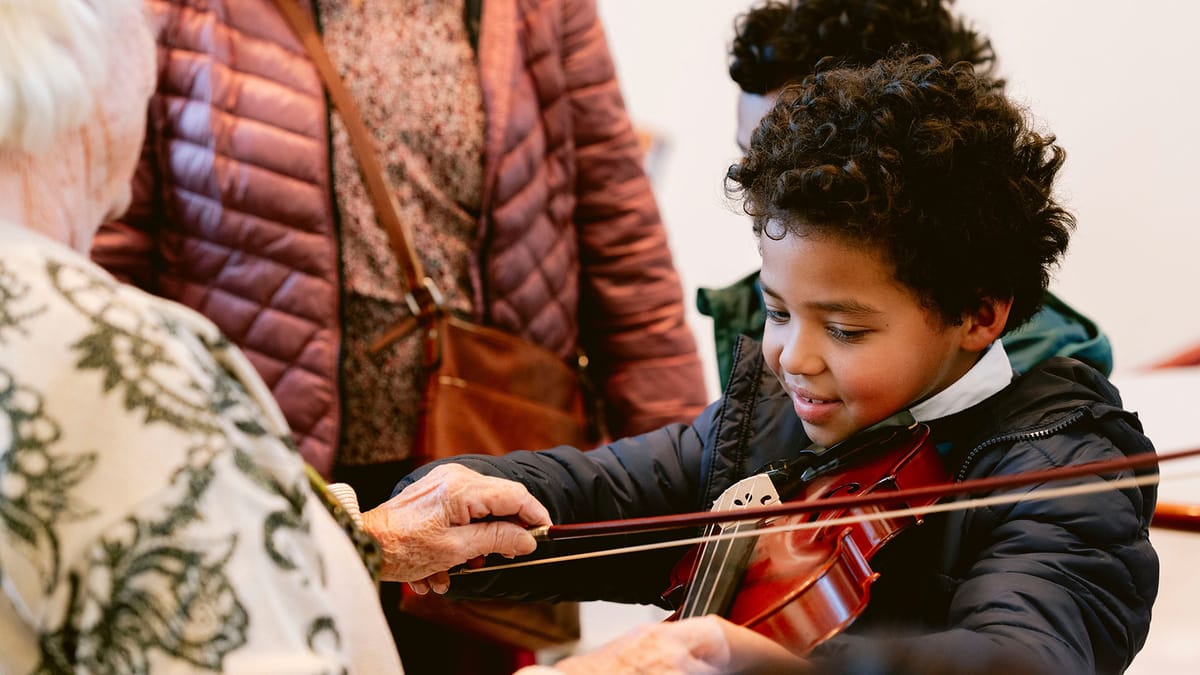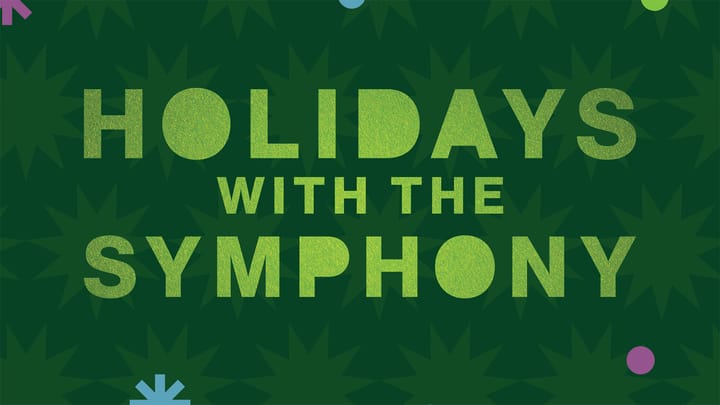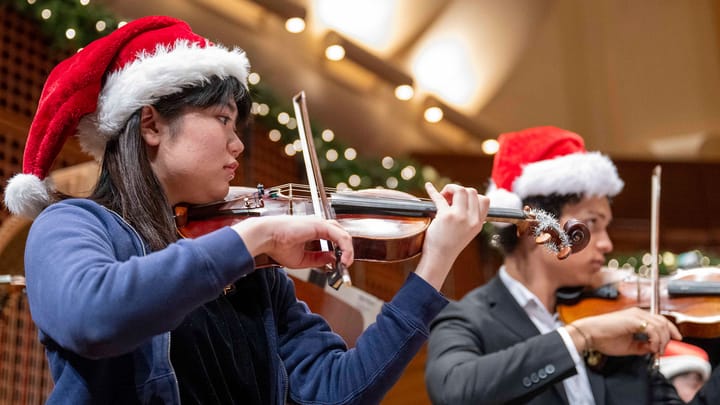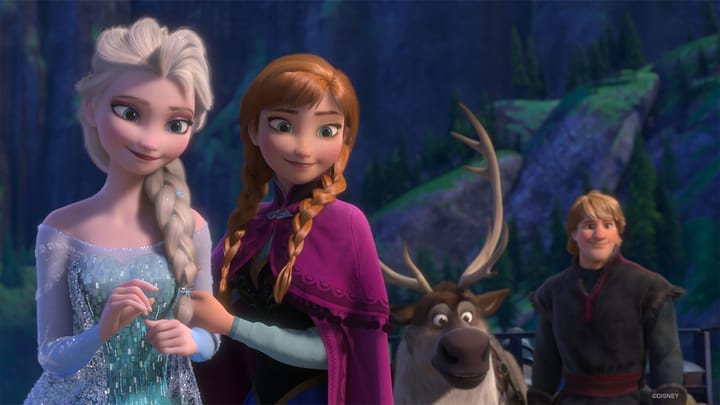In This Program
The Concert
Saturday, October 11, 2025, at 2:00pm
Radu Paponiu conducting
Johann Strauss, Jr.
Overture to Die Fledermaus (1874)
Antonín Dvořák
Slavonic Dance No. 2 in E minor, Opus 72 (1886)
Béla Bartók
Romanian Folk Dances (1917)
Allegro moderato
Allegro
Andante
Molto moderato
Allegro
L’istesso tempo
Allegro vivace
Johannes Brahms
(orch. Martin Schmeling)
Hungarian Dance No. 6 in D major (1879)
Ruth Crawford Seeger
Rissolty Rossolty (1939)
Amy Beach
Bal Masqué, Opus 22 (1893)
Isaac Albéniz
(arr. Malcolm Arnold)
Tango in D major, Opus 165, no.2 (1890)
Leonard Bernstein
(adapt. Maurice Peress)
Overture to West Side Story (1957)
The Music for Families Series is supported by

Program Notes
Welcome to the Orchestra!
Welcome! We are so glad to have you with us today!
In this concert, we invite you to take a journey across both history and geography by exploring one of the elements that has been part of human life since the very beginning: dance.
Music and dance are inseparable, each inspiring and shaping the other, so it is no surprise that dance has always been a vital part of classical music. But how did it all begin?
Growing up in Romania, I was surrounded by some of the very same folk melodies that Béla Bartók collected more than 100 years ago. These raw musical materials, passed down for generations, were stylized by composers into the dances we now recognize in concert performance.
This process has repeated itself across cultures: from the rustic ländler that evolved into the elegant Viennese waltz, to the Latin American danzón and mambo, and so many more.
Today, we will explore this wide spectrum, from folk-inspired dances to glittering ballroom traditions, and even Broadway. And for one of our pieces, you’ll get to join the orchestra yourself. Don’t worry, we’ll practice together first!
—Radu Paponiu
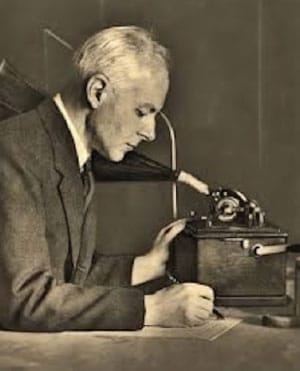
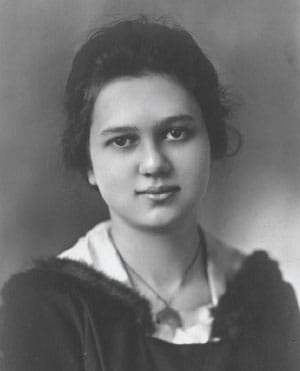
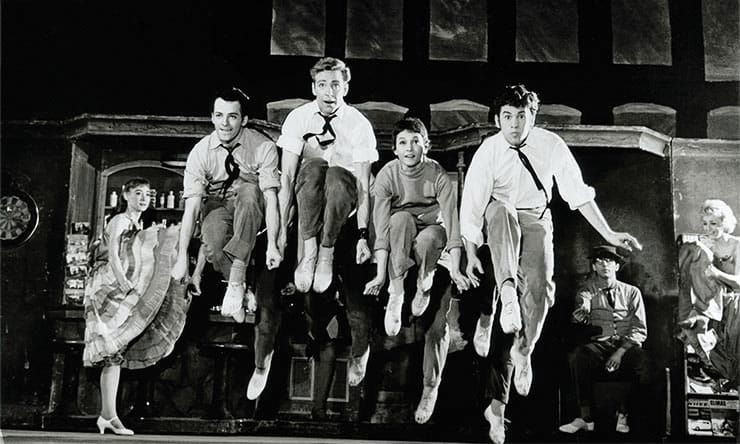
About the Conductor
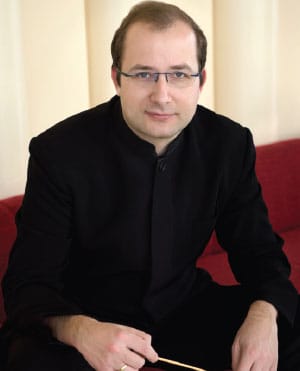
Radu Paponiu
Radu Paponiu joined the San Francisco Symphony as Wattis Foundation Music Director of the San Francisco Symphony Youth Orchestra in the 2024–25 season. Prior to that, he completed a five-year tenure as associate conductor of the Naples Philharmonic and a seven-year tenure as music director of the Naples Philharmonic Youth Orchestra. Additionally, he has served as music director of the Southwest Florida Symphony, as a member of the conducting faculty of the Juilliard Pre-College, and as conductor for the Summer Performing Arts with Juilliard in Shanghai.
As a guest conductor, Paponiu has appeared with the Romanian National Radio Symphony, Teatro Comunale di Bologna Orchestra, Rhode Island Philharmonic, Transylvania State Philharmonic, Banatul Philharmonic, Louisiana Philharmonic, Rockford Symphony, Colorado Music Festival, North Carolina Symphony, California Young Artists Symphony, and National Repertory Orchestra. He has collaborated with notable soloists including Evgeny Kissin, Yefim Bronfman, Midori, Vladimir Feltsman, Robert Levin, Charles Yang, Rachel Barton Pine, Nancy Zhou, Stella Chen, and the Ébène Quartet.
Born in Romania, Paponiu began his musical studies on the violin at age seven, came to the United States at the invitation of the Perlman Music Program, and later completed two degrees in violin performance at the Colburn School. He went on to earn a master’s degree in orchestral conducting at New England Conservatory, where he studied with Hugh Wolff. Paponiu currently resides in San Francisco with his wife, Blair Francis Paponiu, Associate Principal Flute of the SF Symphony.

